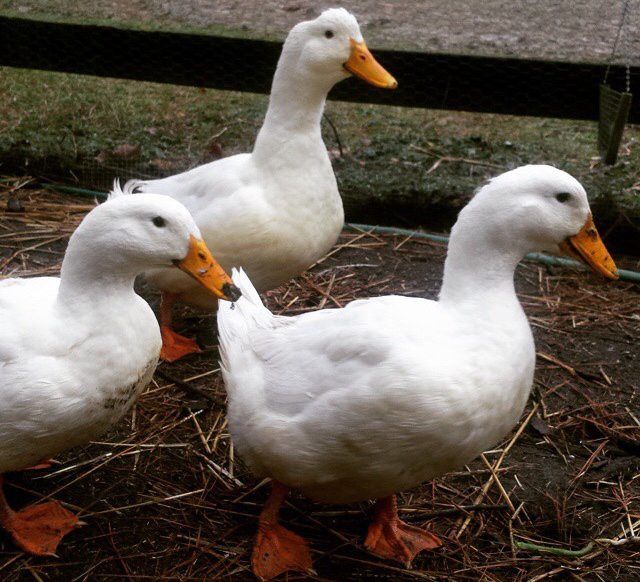by Lisa Steele
Your chicken run may be as large as your entire backyard for a large flock or as small as a pen attached to your coop for just a trio of chickens, but either way, it will most likely start out as a pretty, grassy area but soon be turned into a dirt-filled wasteland courtesy of many pairs of scratching, pecking chicken feet. Chickens not only eat grass and roots, but they also scratch for bugs and worms and eat small pebbles to help them digest their food. You may even choose to let your chickens roam free all day, but unless you want your entire yard, along with your flower and vegetable gardens devoid of anything living, it’s best to pen them in a specific area.
Bushes and shrubs provide shade and wind protection, as well as help shield your flock from the prying eyes of both predators and neighbors who might be less inclined to complain if the area is neatly appointed. Your flock will also be afforded a greater sense of security with cover should an errant hawk swoop by for a look. A row of shrubs will also act as a noise barrier to muffle the crowing of a zealous rooster and the jubilant ‘egg song’ of your clucking hens. An additional benefit to landscaping is the bugs that the various shrubs and bushes attract for the chickens to eat. Insects are nutritious and the chickens will keep busy catching and eating them.
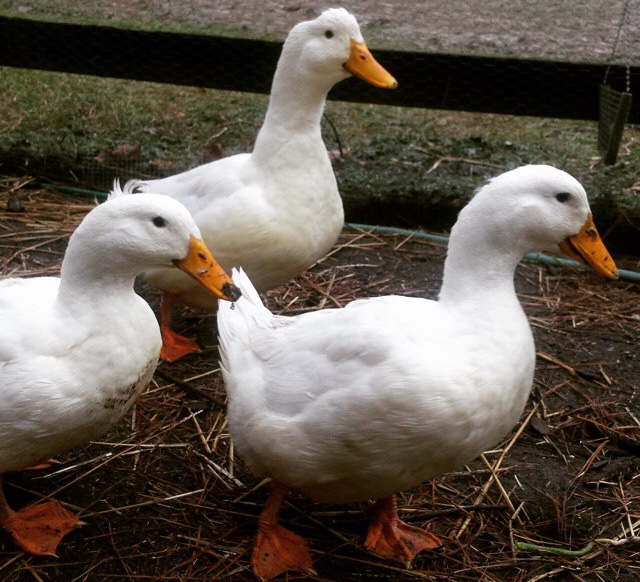
There are several ways you can keep your run not only looking nice, but also turn it into an oasis for your chickens, while at the same time repelling both pests and predators.
Rose bushes have turned out to be wonderful in the run. The chickens still strip the bottom two feet or so of leaves, but if you can cage the bushes until they are taller, the bushes will flourish and the chickens will love eating the fallen petals. The chickens also love eating the rose hips that I crack open for them with my fingernail once the petals have fallen off the flower.
Butterfly bushes are another one of my favorites, perfect in the run. They are so pretty, come in many colors and grow fast, providing nice shade in the summer under their drooping branches. The chickens don’t eat them and the flowers attract lots of bugs in addition to the butterflies. Another suggestion is Juniper. The juniper doesn’t provide quite as much shade as the taller sprawling butterfly bush, but it adds year-round color to the run, blocks predator’s view and the chickens don’t touch it. Hawthorn is another great choice. The berries are edible and drop in the fall and so far our flock hasn’t bothered the bushes or eaten any of the leaves.
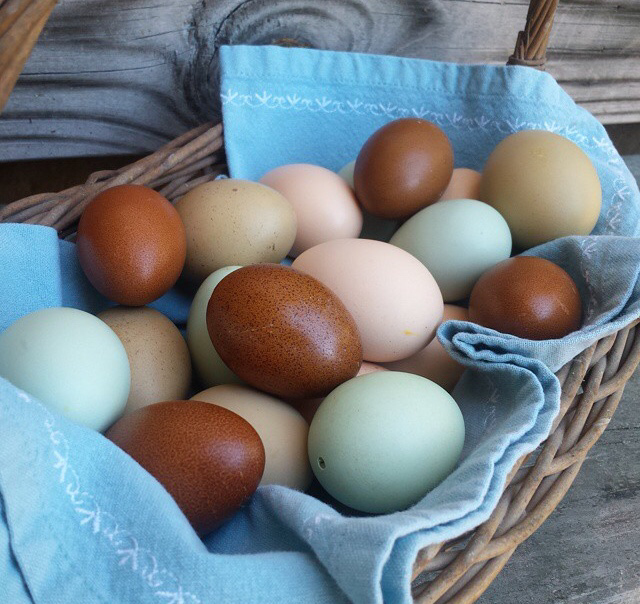
Chickens will eat nearly anything you decide to plant, so small bushes and shrubs need to be caged until they are at least two feet tall and are well-established. Additionally, placing stones, bricks or pavers around the roots of shrubs and trees can help protect fragile roots from being scratched up and disturbed.
Each spring I section off a sunny part of my run and plant grass seed, vegetables and some herbs. I keep the chickens out until everything has had a chance to establish itself and is mature and then they have quite the feast. (Just be sure that any seed you plant is not coated or treated with any chemical fertilizers.) The chickens end up scratching it all right back down to the dirt, but it looks pretty while it lasts and keeps the chickens occupied while providing them lots of nutrition.
Squash, cucumber, pea and grape vines, as well as melons and roses can be planted alongside the run and trained to grow up the side of your run fencing to provide shade during the growing season. Your chickens will also love pecking at the leaves and blooms that poke through the fencing.
Certain herbs are also very beneficial in your run. Planting mint around the perimeter of the run can help deter rodents as well as spiders and other insects. If you plant it inside the run, the chickens will eat it, which is good for them but defeats the purpose of it as a rodent deterrent. Cayenne pepper sprinkled around your coop will also help deter rodents, as will planting catnip.
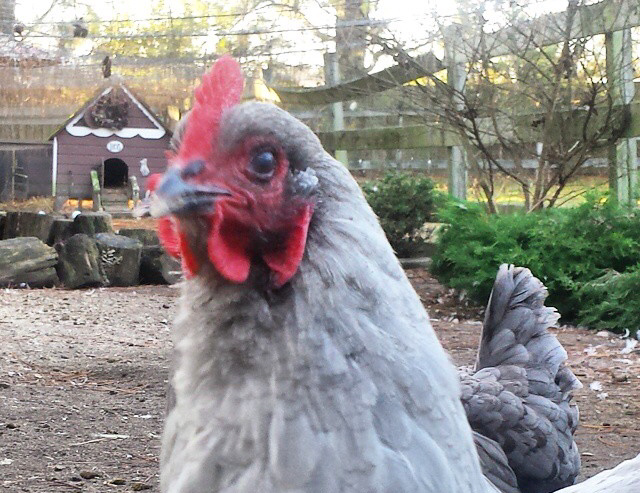
Although chickens will eat many bugs, there are others they won’t touch. Bad bugs and parasites can not only carry disease to your flock through contaminating their feed but some also transmit harmful diseases through direct contact. Others can damage wood in coops and barns. But before you start spraying chemicals and pesticides near your run and coop area that could be harmful to your chickens, you might want to consider some of these homemade natural remedies to repel pests.
– Lemon grass, basil or mint planted around the run area will also help to reduce the fly population, as will sprinkling food-grade diatomaceous earth around the feeders.
-Ants, earwigs, silverfish, fleas, crickets, cockroaches, millipedes and centipedes can be repelled by sprinkling food-grade diatomaceous earth, black pepper or cloves in your run. Planting mint and basil around the run also helps keep them at bay, as does spraying white vinegar, cinnamon stick and garlic clove homemade spray.
-Spiders are not fond of spearmint or peppermint. Nor do they enjoy garlic cloves, citrus peels, lavender or white vinegar.
-Mosquitoes don’t like marigolds, fennel, rosemary, lavender, bee balm, basil, catnip or thyme, so planting these around your run can reduce the mosquito population.
-Snakes don’t like marigolds either. Sprinkling agricultural lime around the perimeter of your run or spraying clove or cinnamon oil can also help keep snakes at bay.
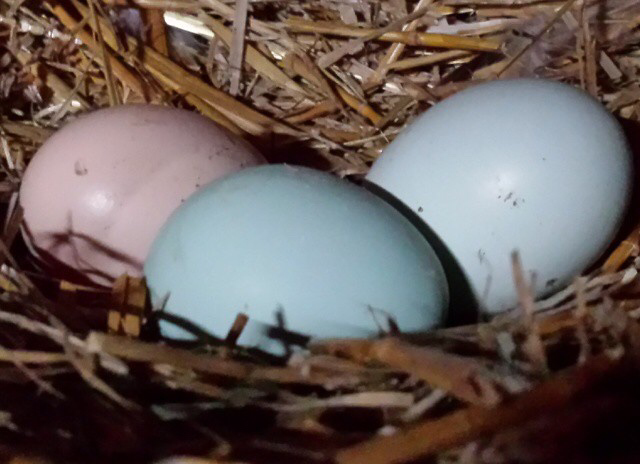
It is possible to have a beautifully landscaped run that is functional as well as eye-catching. A few low stone walls make certain areas visually pleasing as well as protect plant roots and also provide a place for your chickens to get up out of the mud or snow. A variety of bushes and shrubs will make your run look nice, while providing shade, a supply of bugs and insects and a predator screen. Adding a few herbs around the run will help to keep the bad bugs and pests out. The joy that a pretty chicken yard brings me makes it worth the extra effort.
Fresh Eggs Daily®, is one of the largest and most well-regarded chicken-keeping websites/Facebook pages and working hard to keep chicken keeping fun, interesting and creative. We offer a mix of advice, tips and tricks to raising your chickens as naturally as possible along with recipes using fresh eggs and garden produce, DIY craft projects and more.Fresh Eggs Daily® was recently named one of the Top 10 Gardening Blogs of 2014 by Better Homes and Gardens magazine, which just solidifies our place in the natural/gardening/homesteading online world.



